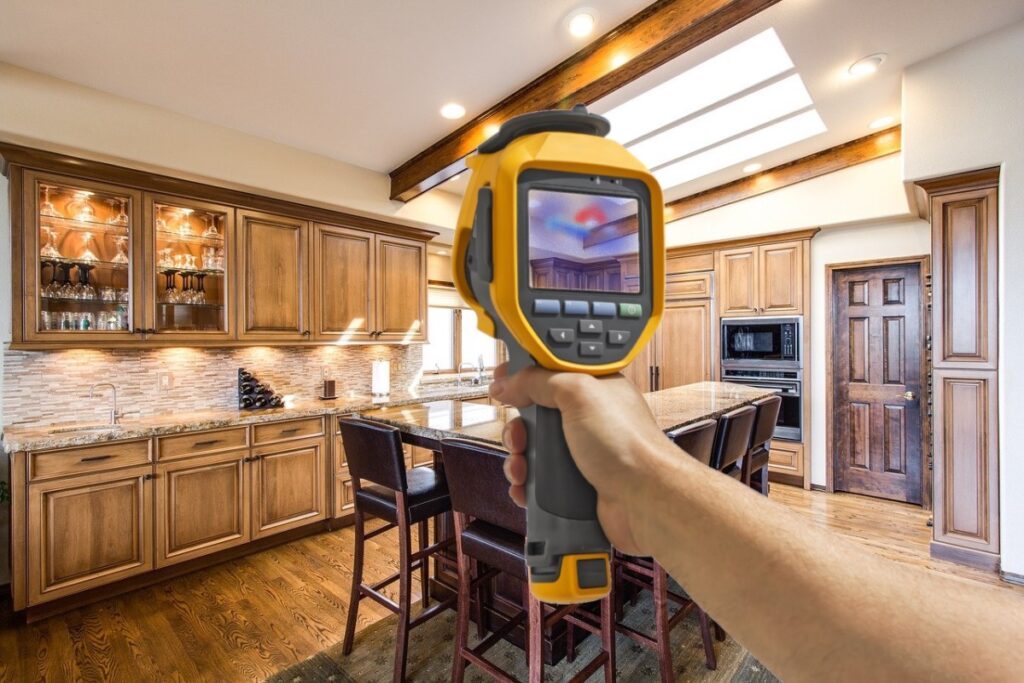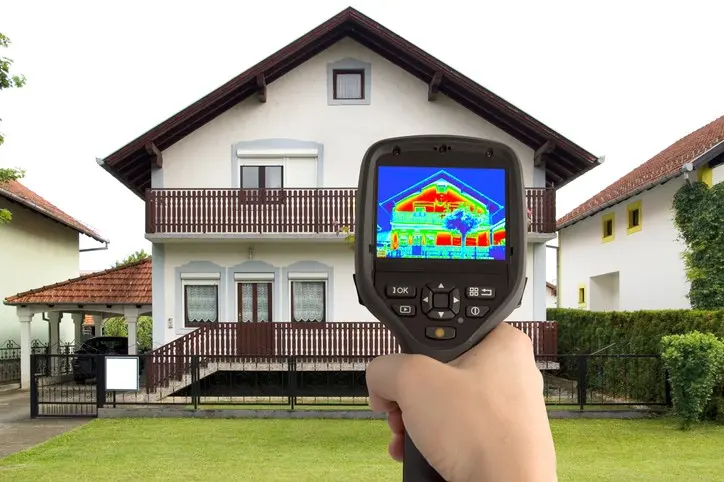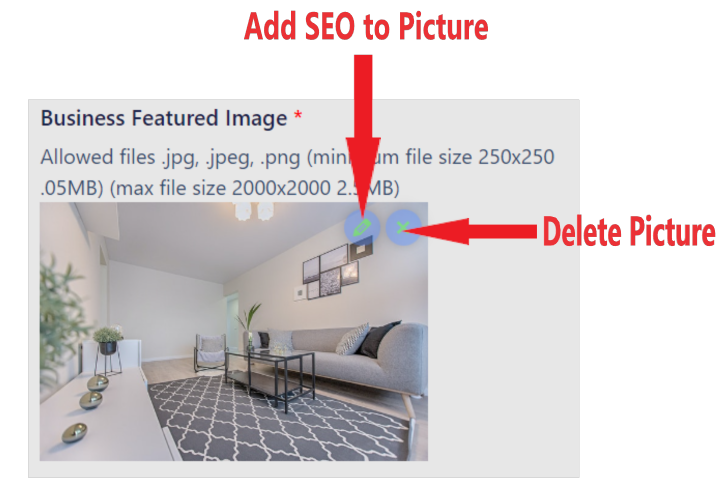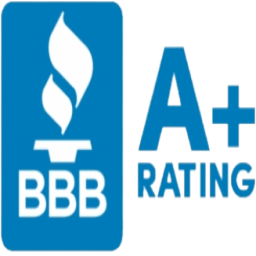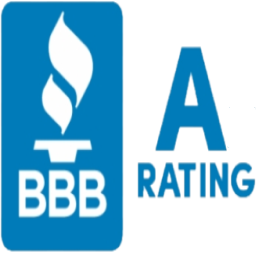As the owner of SEI Home Inspections, I’ve walked into hundreds of homes across the Houston area and seen what most inspectors miss. We bring something to every inspection that many companies still treat as optional: thermal imaging technology.
Thermal imaging allows us to uncover hidden moisture, insulation voids, electrical issues, HVAC inefficiencies, and pest intrusions — without cutting into walls or ceilings. It’s non-invasive, accurate, and highly effective. That’s why every home inspection we perform integrates this tool as a standard part of our service.
We don’t believe in guesswork. This is about providing certainty, and we do it by showing you what the eye can’t see.
How Thermal Imaging Actually Works in a Home Inspection
Thermal imaging relies on infrared technology to detect subtle temperature differences in building materials. These differences often reveal issues that wouldn’t be noticed using traditional inspection tools alone.
When our inspector walks through your property with a thermal imaging camera, here’s what the device is detecting:
- Warm areas (usually red or yellow) where heat is present
- Cool areas (typically blue or purple) where heat is missing or moisture may be lurking
Unlike handheld moisture meters or spot checks with laser thermometers, thermal imaging scans entire surfaces. This means we don’t need to guess where the problem is hiding — we can see it immediately.
What Thermal Imaging Uncovers That a Visual Inspection Doesn’t
Standard inspections can only tell part of the story. Walls, ceilings, floors, and electrical components may look fine at a glance, but thermal imaging helps uncover issues like these:
| Defect Type | Visual Inspection? | Thermal Imaging? | What It Detects |
|---|---|---|---|
| Water Leaks | Sometimes | Yes | Moisture behind walls and ceilings |
| Electrical Overheating | No | Yes | Hot wires, overloaded circuits |
| Missing Insulation | Rarely | Yes | Gaps in attic or wall insulation |
| HVAC Air Leaks | No | Yes | Duct leaks and energy loss points |
| Pest Infestations | Rarely | Yes | Nesting areas due to heat patterns |
When you schedule a thermal imaging inspection, you get more than a checklist — you get insights that prevent expensive surprises.
Moisture Intrusion: The Silent Destroyer
In Houston’s humid climate, hidden moisture is one of the most common and damaging threats. Roof leaks, plumbing issues, and foundation seepage can go undetected until it’s too late. Thermal imaging reveals cool areas where moisture is present — even if there are no visible stains or discoloration.
We’ve uncovered ceiling leaks that hadn’t yet soaked through drywall, and found water pooling beneath floorboards long before mold growth began.
You won’t find that with a basic flashlight inspection.
Electrical Hazards: Heat Before Smoke
Overloaded circuits, loose connections, and overheating electrical panels can all be detected with thermal imaging. These issues generate heat long before they pose a fire risk.
A recent inspection in Sugar Land revealed a hot breaker that wasn’t tripping — the thermal camera picked it up before the homeowner noticed a smell or flickering lights.
By catching issues early, we help homeowners avoid dangerous conditions and reduce costly repairs.
HVAC Inefficiencies and Energy Loss
One of the most overlooked uses of thermal imaging is evaluating HVAC system performance. This includes:
- Air leakage from ducts
- Poor sealing around vents or returns
- Gaps around windows and doors
- Inconsistent insulation coverage
The camera doesn’t just spot air leaks; it visualizes them. You can see where hot or cool air is escaping, which helps improve energy efficiency and lower utility bills.
What to Expect During Your Thermal Imaging Inspection
Here’s what happens when you schedule your inspection with us:
- Initial walkthrough – We review the property layout and discuss any concerns you already have.
- Thermal scan – We use a FLIR-certified thermal imaging camera to scan walls, ceilings, floors, electrical panels, HVAC components, and plumbing areas.
- Cross-verification – Any anomalies are double-checked with moisture meters, voltage testers, or physical inspection tools.
- Digital report – You receive a high-resolution thermal image report with annotations, explanations, and recommendations.
The entire process takes about the same time as a traditional home inspection. There’s no disruption to your home or damage to walls.
Not All Inspectors Offer Thermal Imaging — Here’s Why That Matters
Many home inspectors in Houston still skip thermal imaging. They either charge extra for it or don’t offer it at all. That means you could be walking into a home with hidden mold, electrical issues, or insulation problems and never know it — until it’s too late.
At SEI Home Inspections, we include it in every home inspection service. We consider it a requirement for doing the job thoroughly. It’s not a bonus — it’s the baseline.
Who Benefits Most from Thermal Imaging?
Thermal imaging can help in any inspection, but it’s especially valuable in these situations:
- Buying an older home – Spot electrical issues, water damage, or missing insulation.
- Selling a property – Address hidden defects before they become deal-breakers.
- Post-storm inspections – Identify water intrusion or damaged insulation after a hurricane or heavy rain.
- New home builds – Ensure HVAC and insulation were installed correctly before closing.
- Rental property maintenance – Catch long-term wear and hidden moisture before tenants do.
Whether you’re a buyer, seller, or property manager, having thermal imaging integrated into your inspection adds clarity to your decisions.
Our Infrared Equipment: FLIR-Certified Tools You Can Trust
We use professional-grade FLIR (Forward Looking Infrared) cameras — the same standard used in commercial buildings and industrial sites. These devices detect heat variations within a fraction of a degree, delivering accurate scans with sharp image quality.
More importantly, every inspector on our team is trained in interpreting these scans. The tool is only as useful as the person using it.
What Our Clients Are Seeing in Their Reports
After their home inspections, clients often send feedback like:
“We would’ve never known about the moisture under the kitchen floor. It looked fine until the thermal scan showed what was going on underneath.”
“The thermal imaging helped us negotiate with the seller to fix attic insulation and seal up the HVAC ductwork before we closed.”
“I didn’t think anything was wrong, but the camera found a slow leak in the guest bath that hadn’t even reached the drywall yet.”
These are real problems with real cost implications. And they’re detectable only with the right tools.
How to Book Your Thermal Imaging Home Inspection in Houston
Scheduling is fast and straightforward. Just visit our inspection request page and choose a time that works for you. Our team confirms the appointment, shows up on time, and delivers your report same-day or next-day.
You’ll know more about the home in a few hours than many owners learn in a decade.
Key Takeaways from the SEI Thermal Imaging Process
- Infrared scans detect moisture, heat, and insulation issues that aren’t visible.
- All inspections come standard with thermal imaging — no upcharges.
- Every scan is verified with a second testing method to ensure accuracy.
- Reports include images, context, and next steps for remediation or repair.
- Booking is online, fast, and supported by an experienced local team.
Thermal Imaging Use Cases by Season
| Season | Common Issues Detected | Typical Areas of Concern |
|---|---|---|
| Spring | HVAC air leaks, pest intrusions | Attic, roof, vent openings |
| Summer | Insulation gaps, moisture seepage | Walls, floors, crawl spaces |
| Fall | Electrical overloads | Breaker boxes, outlets |
| Winter | Heat loss, ductwork leaks | Windows, HVAC system, ceilings |
Thermal imaging is built into everything we do at SEI Home Inspections because it helps us deliver better results for our clients. It’s that simple.
Ready to see your home differently? Schedule your inspection now.

